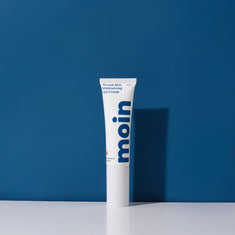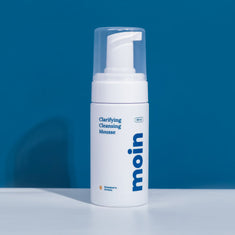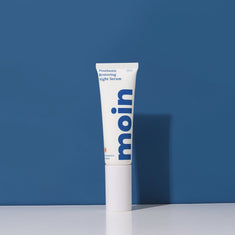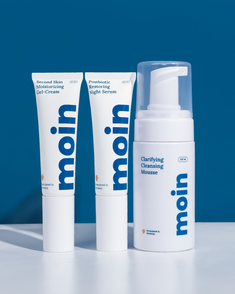Conducting Stability Testing on Skincare Products
Skincare products are an essential part of our daily routines, designed to enhance the health and appearance of our skin. There are many factors, which need to be taken seriously to maintain the products' quality. Not only safety, efficacy, but also one has to ensure the products are stable throughout their shelf life.
Which factors play role in product stability?
Primary objectives of stability testing are to evaluate the physical, chemical, and microbial stability of the product, which can help to determine its shelf life as well as the expiration date. Therefore, it is important to understand the factors which can affect this specific aspect.
Oxygen
Oxygen exposure can lead to the oxidation of ingredients, resulting in rancidity, discoloration, and reduced effectiveness. Natural oils and butters are prone to oxidation due to its double bond in the chemical structure. Therefore, incorporating antioxidant like tocopherol can help to mitigate this issue.
Light
UV and visible light can cause photochemical degradation of certain ingredients, leading to changes in color, odor, and efficacy. Due to this reason, formulation containing L-ascorbic acid or retinol, for instance, rarely comes in transparent packaging to decrease the chance of degradation.
Temperature
Skincare products can be sensitive to temperature extremes. Exposure to high temperatures can lead to emulsion separation and ingredient degradation. This is another reason not to keep our sunscreen in the car. The product's texture can alter, reducing the sun protection properties.
pH
Fluctuation in pH can affect the stability of skincare products, as some ingredients are pH sensitive.
Moisture
Moisture can lead to emulsion separation, texture change, and microbial growth. We talked about the importance of incorporating preservative as well as strategizing the correct preservative system when formulating a skincare product. Go check it out here.
Stability testing protocol
Now that we know the why stability testing is essential for regulatory compliance, product quality assurance, as well as consumer safety, the protocols may vary depending on the specific product. In general ada beberapa tests yang harus conducted
pH test
pH testing is considered as standard cosmetic testing. A lot of personal care ingredients are pH sensitive and making sure that the end product's pH is constant throughout the shelf-life is crucial to have a stable formula.
Temperature variation test
Testing product in different temperature conditions can help us predict the long-term stability of the formula. Usually, the product is tested in -10°C, 25°C, and 45°C on different time frames of 30, 60, and 90 days. The temperatur can vary, for example some lab would instead test in 4°C and 50°C. But the fundamental idea remains the same that the product has to withstand in extreme conditions (both in cold and heat) and at room temperature. If a product exhibits acceptable stability for 30 days, it should be stable at room tempature for one year. 60 days for two years, and lastly 90 days for three years (although the maximum is only two years).
Freeze-thaw test
Back in my lab days, we used to call it Schaukeltest. It means that the product is placed at -10°C and 25°C for 24 hours each, which makes one cycle. In the end, the product has to pass three cycles of freeze-thaw test for it to be considered as stable. What does a failed freeze-thaw test look like? You would see the changes in color and sometimes separation, too. Especially when formulating liquid emulsion, we have to make sure that we incorporate the correct emulsion system and sufficient emulsifiers to have a stable formula that passes this tremendous stress.
UV exposure test
Analyzing discoloration can be done by exposing our formula with UV light. The product is usually filled into a smal glass bottle and placed near a light source for some time. What will happen usually is that discoloration of varying degrees will be observed because UV indeed can cause ingredient degradation overtime.
Microbiological test
This can be a whole another big topic. But to keep it short, microbiological testing is nowadays conducted according to ISO 11930 standard. The objective is to find out whether our formula has sufficient preservative system to avoid the growth of gram+, gram-, yeast, and mold. We have to also be extra cautious when we choose a type of packaging that can make the product more vulnerable to contamination like a jar, in which we introduce new microbes each use when opening the lid and dipping our finger into the product itself. Read more here.
What's next?
After conducting all of the necessary testings, the next step would be to evaluate the result and assess our product's shelf life. To iterate, stability testing is a fundamental aspect of the development of skincare products. By understanding the determining factors , following a robust stability testing protocol, and complying with regulatory requirements, skincare manufacturers can provide high-quality products that meet consumer expectations.




